This repost is the quintessential (if such a thing exists) "Exquisitely Bored in Nacogdoches" post. It's an amalgamation of the sporadic, random assortment of topics (small towns, Texas, movies, neon, music, nostalgia, books) featured in many posts. The whole "small town/end-of-an-era" theme appeals to me at a very deep level. In addition, growing up in Texas as I have, many of the things the characters in the book and film version of The Last Picture Show see and experience, I too saw and experienced.
I "borrow" heavily from two excellent reviews for the film, both written more poignantly and precisely than I could. One is from a former film reviewer for Variety, Screen International, and Box-Office Magazine who now runs his own movie review website, Emanuel Levy. The other is from a reviewer at a British site called Jigsaw Lounge, named Neil Young (no, not that Neil Young).
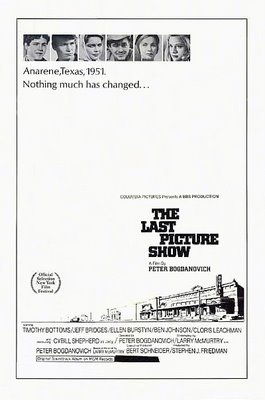
Anarene, Texas, 1951. Nothing much has changed...
 The Last Picture Show more than lives up to its exalted reputation as an American masterpiece: achingly beautiful, strikingly confident and piercingly mature. It is based on Larry McMurtry's book, adapted to the big-screen by Peter Bogdanovich, who directed, and McMurtry.
The Last Picture Show more than lives up to its exalted reputation as an American masterpiece: achingly beautiful, strikingly confident and piercingly mature. It is based on Larry McMurtry's book, adapted to the big-screen by Peter Bogdanovich, who directed, and McMurtry. The narrative begins with an impressive long shot of Anarene, Texas, on a cold morning in l951.
It's dawn, and except for the old white Nash, which belongs to the night watchman, the Square is deserted. The wind blows the curling dust down the empty Main Street, and the camera pans across the Royal Theater (the picture show), a laundromat, a dinky beauty parlor, and a grocery store.

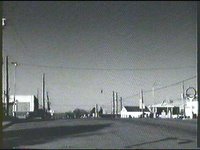
Sonny Crawford (Timothy Bottoms), the film's hero and moral conscience, struggles with the choke of his black Chevrolet pickup, but to no avail.


Most of the action takes place either in the pool hall or in the town's cafe. Shabby, the pool hall has a counter, a small candy case, and a green Dr. Pepper machine.

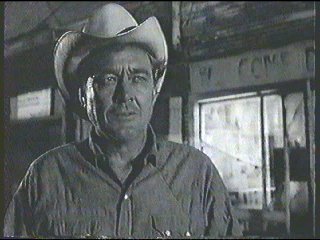 Sam the Lion (Ben Johnson), the pool hall's owner, is an aging cowboy.
Sam the Lion (Ben Johnson), the pool hall's owner, is an aging cowboy. 
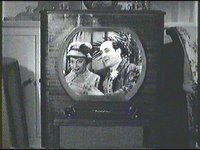

is losing its customers by the day.

The town's students are not particularly bright, lacking intellectual horizons and open-mindedness. When the English teacher wonders if they are interested in John Keats, Joe Bob remarks (in the novel) that, "it's silly of all the poets to want to be somethin' besides what the Lord made 'em," because 'it's criticizing the Lord."
When old age shall this generation waste,
Thou shalt remain, in midst of other woe
Than ours, a friend to man, to whom thou say'st,
"Beauty is truth, truth beauty,—that is all
Ye know on earth, and all ye need to know."
("Ode to a Grecian Urn")
Best friends Sonny (Timothy Bottoms) and Duane (Jeff Bridges) are leaving school and facing up to adult responsibilities.
 The boys’ friendship is tested when both fall for local beauty Jacy (Cybill Shepherd), the prettiest and richest girl in town.
The boys’ friendship is tested when both fall for local beauty Jacy (Cybill Shepherd), the prettiest and richest girl in town.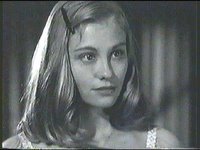


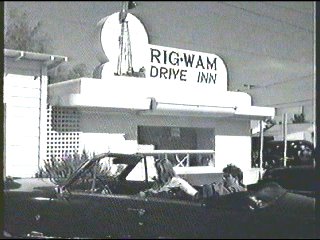
The film shows the ambivalent attitude most residents feel toward their town. "I'm sick of this town," says Duane to Sonny, "why don't we jus' take off an' go someplace."
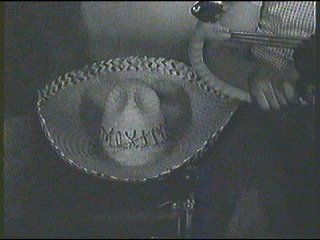

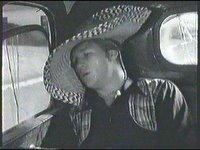
The morning after a drive to Mexico.
When Sam the Lion (the town's moral center) suddenly dies (off-screen, like many key events), Anarene rapidly hits the skids, a whole lifestyle disappears with him – its sudden decline symbolised most powerfully by the movie-house’s demise.
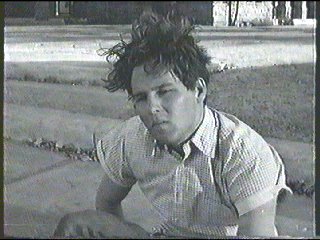 Sonny, reeling from shock, trying to make sense of the sudden death of Sam the Lion (his father figure), and the fact he now owns the pool hall.
Sonny, reeling from shock, trying to make sense of the sudden death of Sam the Lion (his father figure), and the fact he now owns the pool hall.



First-time viewers of The Last Picture Show are often surprised by how late in the day the closure of the cinema actually happens. It comes very sudden, very near the end, hardly mentioned at all until it’s almost over.

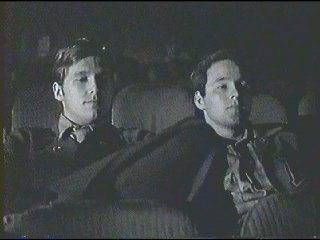


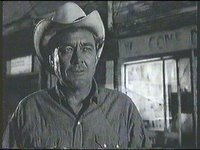 death is clearly the end of an era – and not just for Anarene.
death is clearly the end of an era – and not just for Anarene.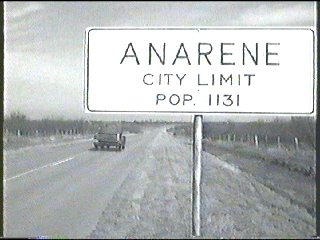 For Bogdanovich and McMurtry, it symbolises the death of a noble cinematic tradition – their film is, among many other things, a farewell to the Western genre with which Ben Johnson was so closely associated. The 1969 Oscars, where Midnight Cowboy beat True Grit for Best Picture, can be seen as the transitional moment when Old Hollywood gave way to the New - and Bogdanovich and Platt "rooted," in a sense, for True Grit. The Last Picture Show can be read as a direct consequence of that defeat – its tone is elegaic, grim, often depressingly bleak, very anti-nostalgic, in fact.
For Bogdanovich and McMurtry, it symbolises the death of a noble cinematic tradition – their film is, among many other things, a farewell to the Western genre with which Ben Johnson was so closely associated. The 1969 Oscars, where Midnight Cowboy beat True Grit for Best Picture, can be seen as the transitional moment when Old Hollywood gave way to the New - and Bogdanovich and Platt "rooted," in a sense, for True Grit. The Last Picture Show can be read as a direct consequence of that defeat – its tone is elegaic, grim, often depressingly bleak, very anti-nostalgic, in fact.The film is like the flip-side of American Graffiti. Impressive as it is, George Lucas's film seems adolescent and puny alongside The Last Picture Show, shot in timeless black-and-white (at the suggestion of Orson Welles) by cinematographer Robert Surtees:


Time after time, everything comes brilliantly together: the visuals, the remarkable, restrained use of period music, and the performances by the large cast.
Speaking of Lucas, he had a similar scene in a film he released in 1977:
The film has been deemed "culturally significant" by the Library of Congress and selected for preservation in the United States National Film Registry.
Save for the closing credits, all the music in the film is being played on either record players, radios or television sets or by live performers.

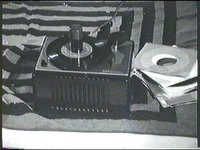


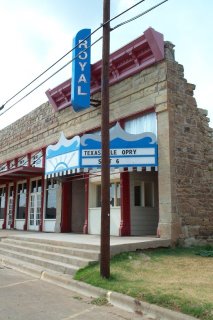
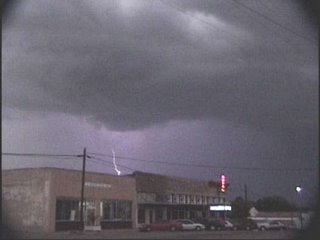 The theater burned in 1965 but the production dressed up the front to make it look like an operating theater.
The theater burned in 1965 but the production dressed up the front to make it look like an operating theater.
I've never actually seen the movie, but I've read the book several times and really enjoyed it...
ReplyDeleteNice post!
McMurtry is a great writer, no doubt about it. He does "end of an era" so well.
ReplyDeleteThank you!
Dear Chris,
ReplyDeleteMy favorite movie, my favorite book. The music of Hank Williams, coming through the tinny AM radio and sounding as thready as the ever present wind, instantly brings on nostalgia for a time and experience I never really had--maybe just a glimpse when I was a child, stolen through the rapidly closing shutters of the dying town I grew up in--Beaumont of course.
I also love Paper Moon (and the novel, Addie Pray).
Look at my Myspace blog, and you'll see that the first post was inspired by your post on Paper Moon.
http://blog.myspace.com/texophilia
On May 31, my husband and I will have our second child, conceived unexpectedly on a drunken vacation to Houston. While I'm pleased that our boy will have been created in Texas, it kills me that he won't share his sister's birthright as a 7th generation Texan. We even thought about naming him Sonny, after sweet, hapless Sonny of TLPS.
Love your blog as always,
Dorothy
Dorothy,
ReplyDeleteBeautiful comment; very eloquent:
"The music of Hank Williams, coming through the tinny AM radio and sounding as thready as the ever present wind, instantly brings on nostalgia for a time and experience I never really had--maybe just a glimpse when I was a child, stolen through the rapidly closing shutters of the dying town I grew up in..."
My thoughts, exactly! What is it about this "nostalgia for a time and experience" we've never had?? Do we get memory through chromosomes??
You've inspired me to do a Paper Moon post. I'd forgotten that you saw it at what is now the X-rated theater in Beaumont.
Congratulations on the May 31st delivery! Accidents will happen...I'm glad I can make the graveyard shift on the stateline go by a little faster for you.